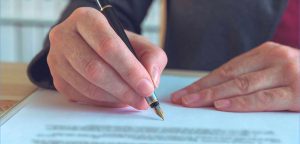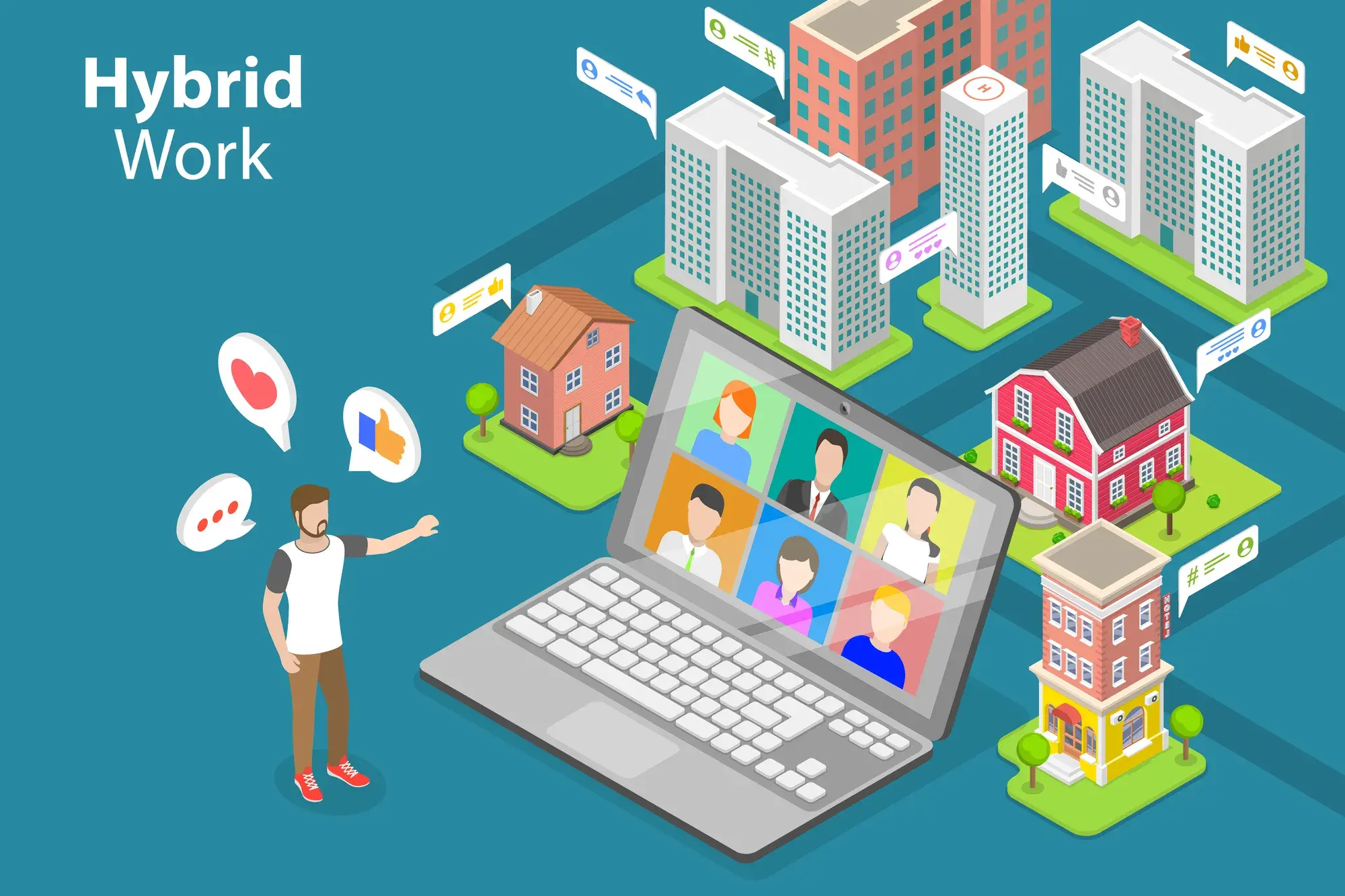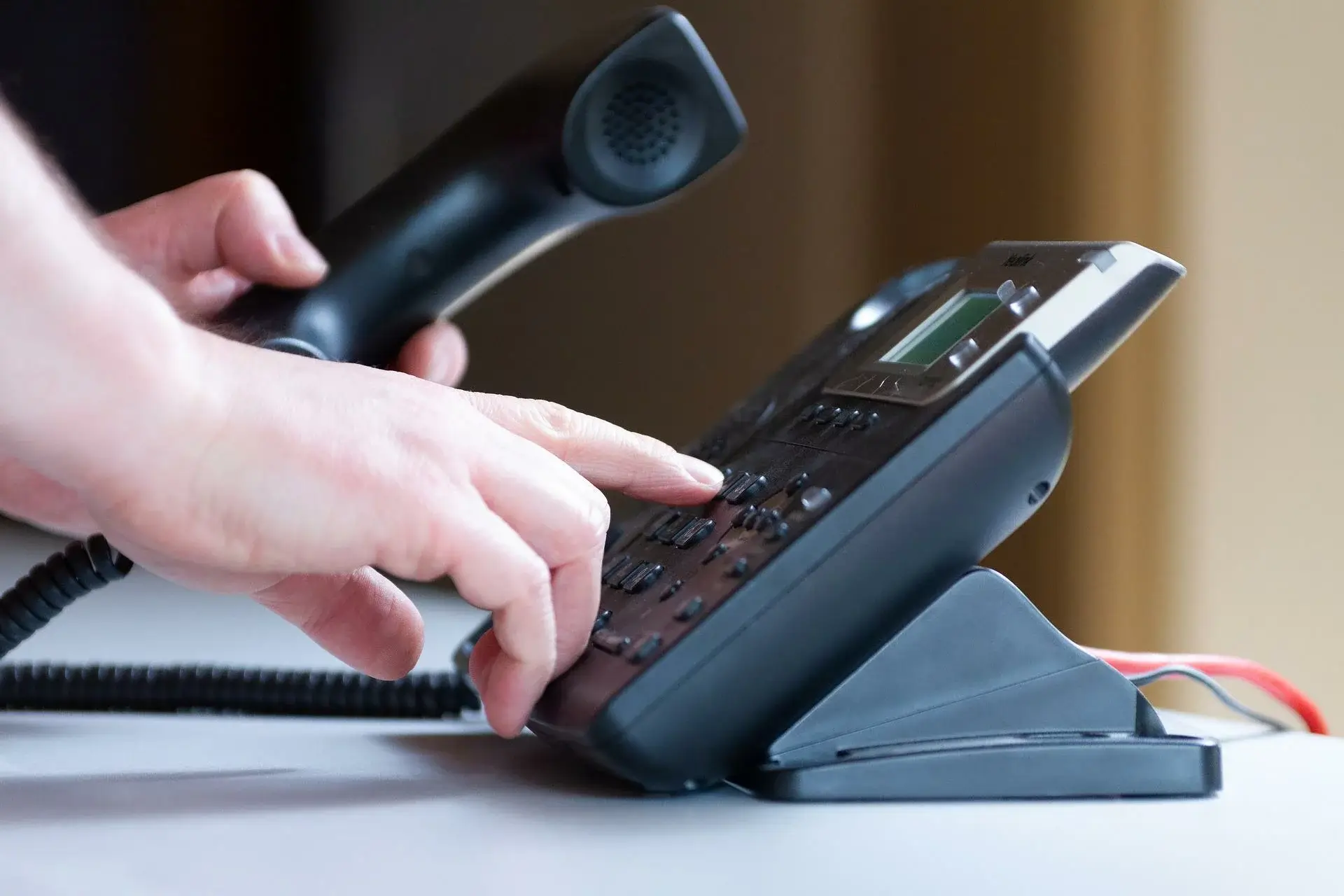August 9, 2022 |

The job search can be challenging, especially since it can take more than a few applications before you get a callback. In fact, most employers will interview just six to 10 candidates over the phone, and invite only two to four candidates to interview in person. Therefore, because of how tough it can be to reach the final round of interviews, you’ll want to make the best possible impression during the process.
One way to make sure that you leave a lasting impression is by writing a thank-you email after you’ve completed your in-person interview. The following is a guide on how to write an effective thank-you email and when to send it.
Why Do You Need To Write A Thank-You Email After An Interview?
There are several benefits to writing a thank-you email after you’ve completed an interview, including the following:
- It shows that you’re polite and appreciative of the opportunity
- It gives you another chance to sell yourself and reinforce why you’re the best candidate for the job
- It is a great way to stay in touch with the interviewer and build an ongoing relationship
If the employer makes a decision to hire you or not before you get a chance to write a thank-you email, you should still go ahead and write it. If the employer has given you the job, a thank-you email is a nice way to thank the interviewer for the time and the opportunity they’ve provided you with.
Even if you don’t get the job, a thank-you email is a good way to show your appreciation. You can thank your interviewer for the opportunity to interview, leaving a good last impression in case you ever interview for another position with the same company in the future.
When Is The Best Time To Send Recruiters A Thank-You Email?
The best time to send a thank-you email is between 24 and 48 hours after your interview. One of the reasons for sending a thank-you email is to keep your name at the top of the interviewer’s mind. If you wait too long, they may not remember who you are (especially if they have interviewed a lot of candidates).
However, don’t send a thank-you email immediately after you leave the interview either. Emailing the interviewer too quickly may come across as desperate or insincere.
How To Write A Good Thank-You Email
The last thing you want to do is write a thank-you email that is poorly written or that doesn’t come across as genuine. Such an email will only leave a poor impression, which is the opposite of what you’re trying to achieve and can actually negatively affect your job prospects. With that in mind, the following are a few tips to help you craft an effective thank-you email.
1. Choose A Clear And Straightforward Subject Line
Your subject line should be clear and to the point. Something like “Thank you for your time” or “Thank you for the opportunity” is sufficient. You don’t need to write a novel in the subject line. A subject line that is too long may run the risk of being cut off in the email preview (especially if the interviewer is checking their email on their phone), so make sure to keep it short and sweet.
Additionally, if you’re not clear about what the email is about in the subject line, the recruiter could mistake it as spam, and either delete it or ignore it. As a result, you’ll miss the opportunity to express your gratitude to the recruiter.
2. Greet The Recruiter And Re-Introduce Yourself
In the opening of your email, make sure to greet the interviewer by name (e.g., “Dear Mr./Mrs. Smith”) and re-introduce yourself. You’ll want to remind them of who you are, since it’s likely that they’ve interviewed numerous candidates over a short period of time.
If you interviewed with several people, be sure to send a separate thank-you email to each one. Simply CC’ing everyone in one email and addressing every person (e.g. Dear John, James, and Nancy) in the opening is not as effective as sending a personalized email to each interviewer.
3. Express Your Gratitude
After you’ve re-introduced yourself, the next step is to express your gratitude for the opportunity. This is where you’ll want to be specific about why you’re thankful. For example, “Thank you for taking the time to meet with me and learn more about my qualifications” or “I appreciate the opportunity to interview for the XYZ position.” Be specific about the position you interviewed for as well.
4. Personalize Your Email
You don’t want your email to sound like a generic “thank you” that you send to every person you interview with. To prevent this from happening, make sure to personalize your email by highlighting something specific that you discussed during the interview.
For example, maybe it came up during the interview that you and the interviewer share a similar hobby or interest, or maybe you both attended the same college. Mentioning this in the email will make it more personal, thereby helping you leave a lasting impression.
5. Express Your Interest In The Position
After you’ve personalized the email, the next step is to express your interest in the position. This is your chance to reiterate why you believe you’re the best candidate for the job and why you’re excited about the opportunity.
For example, you might say something like, “I’m excited to utilize my XYZ skills in the role” or “I’m confident that I can be a valuable asset to the team and contribute to the goal of XYZ.” Be sure to back up your claims with specific examples, if possible.
6. Tell Them You’re Available To Answer More Questions
Towards the end of your email, tell the interviewer that you’re available to answer any additional questions they may have. This shows that you’re still interested in the position and that you’re willing to go above and beyond to make sure they have all the information they need. It’s also a nice gesture that will likely be appreciated.
7. Ask What Is Coming Up Next
Inquire about what is coming up next in the process. Doing so shows that you want the job and that you’re eager to move on to the next stage. It’s also a way to get information that you may not have otherwise had. For example, you could ask about the timeline for the next round of interviews or when a decision is expected to be made.
8. Don’t Forget To Give Your Contact Information
Finally, don’t forget to include your contact information at the end of the email. This includes your email address and phone number. You want to make it as easy as possible for the interviewer to get in touch with you if they have any questions or if they want to extend an offer.
An Example Of A Thank-You Email
The following is a generic template that you can use to write a thank-you email. Just remember not to copy every word in the template. Rather, use it as a guide to structure your own thank-you letter. You’ll want to make sure that you personalize it and add information that was unique to your interview.
A Thank-You Email Template
Subject Line: Thank you for the interview, ____
Email: Hello ____ ,
Thank you so much for taking the time to meet with me for the ____ position yesterday.
We spoke about my experience in ____ and how it will contribute to the success of the team. I enjoyed learning more about your vision for the company and how the ____ team fits into that.
I am confident that I have the skills and experience needed for the job and I am very excited about the opportunity to ____.Is there a timeline for the next round of interviews? I’m available to meet at any time that is convenient for you.
Please don’t hesitate to contact me if you have any questions or if there is anything else I can do to convince you that I am the best candidate for the job.
Thank you again for your time and consideration. I look forward to hearing from you soon.
Best regards,
(Your name)
(Your email address)
(Your phone number)
Is Sending Separate Thank-You Emails To Multiple Interviewers A Problem?
No, it’s not a problem. In fact, it’s generally a good idea to send separate thank-you emails to each interviewer. If you had multiple interviewers and you only thank one of them, the others may wonder why you neglected to thank them. Additionally, CC’ing them is not a good idea either since doing so just makes you look lazy.
When writing a separate thank-you email to each interviewer, make sure that you don’t copy and paste the same email to each person. You’ll want to personalize each email and mention something specific that you discussed with that person. It won’t reflect well on you if it’s obvious you used a template and just plugged in their names.
An Email Vs A Letter
You might be tempted to send a letter to your interviewer instead of an email. A letter is often considered much more personal. You may also think that an email is more likely to get lost in someone’s inbox, especially if the interviewer is being flooded with other emails.
Despite this, it’s generally a better idea to send an email than a letter. This is because an email will reach your interviewer much faster. Letters can take a long time to get through the mail (which is why it’s referred to as “snail mail”). Letters are also more likely to get lost in the mail.
And, if you’re concerned that your email might get lost in their inbox, you can always follow up with a phone call a few days after sending the email.
Common Mistakes You Should Avoid
A thank-you email can be a very effective way to leave a great impression and keep your name at the top of your interviewer’s mind – if you do it right. The following are a few mistakes to avoid:
- Not sending an email at all: You might think that since you’ve already thanked your interviewer in person, there’s no need to send an email. However, not sending a thank-you email is a big mistake. An email gives you another chance to really drive home why you’re the best candidate for the job and to keep your name at the top of your interviewer’s mind as they are making their decision.
- Waiting too long to write the email: You should aim to send your thank-you email within 24 to 48 hours of your interview. This shows that you’re excited about the opportunity and that you’re prompt. If you wait too long to write the email, your interviewer might have already made their decision. Even if they haven’t, they may no longer be able to match your name with your face due to how much time has passed since the interview.
- Writing an email that is too short or too long: You don’t want your email to be too short since it might come across as lazy or insincere. However, you also don’t want it to be too long since your interviewer might not have the time to read it. Instead, aim for something in the middle – a few short paragraphs should be enough.
- Sending the same exact email to multiple people: If you interviewed with multiple people from the same company, you might be tempted to just send the same thank-you email to each person. However, this is a mistake. You should personalize each email and mention something specific that you discussed with each interviewer. This will make the email more sincere and prevent the interviewers from thinking you’re just copying and pasting the same email to everyone.
- Putting multiple email addresses in the email recipient field: If you’re emailing multiple people, don’t just put all of their email addresses in the recipient field. This is considered very bad etiquette. Instead, take the time to write a separate email for each person you interviewed with.
- Not proofreading the email before sending it: Always proofread your email before sending it in. This includes checking for grammar and spelling mistakes. It won’t reflect well on you if it’s full of errors. In fact, it could negatively affect your ability to get the job. After all, they won’t want to hire someone who is prone to making mistakes or who doesn’t check their own work.
A Little Gratitude Can Go A Long Way
Remember, a little gratitude can go a long way. A thank-you email is a great opportunity to leave a lasting impression on your interviewer and to reiterate your interest in the job. Just be sure to avoid the common mistakes listed above.
With a little effort, you can write a great thank-you email that will help you stand out from the other candidates and improve your chances of getting the job.
Feeling confident about nailing the interview process?
Start looking for work on our job board today.
This blog post is intended for informational purposes only and does not constitute legal advice. No attorney-client relationship is created between the author and reader of this blog post, and its content should not be relied upon as legal advice. Readers are urged to consult legal counsel when seeking legal advice.








